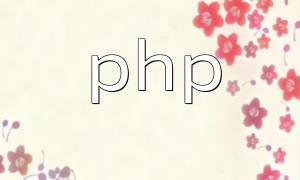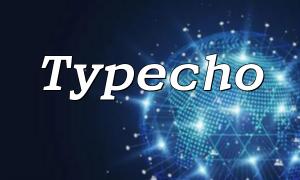In modern web development, JSON (JavaScript Object Notation) has become a widely used data exchange format. Its lightweight, human-readable, and easy-to-write nature has made it a standard format for communication between the front-end and back-end. In PHP, handling and saving JSON files is a common task for developers. This article will explain in detail the methods for saving and reading JSON files in PHP, helping developers manage data more effectively.
The main advantages of using the JSON format include:
In PHP, working with JSON mainly involves two key functions: json_encode() and json_decode(). The former is used to convert PHP arrays or objects into JSON format, while the latter is used to convert JSON strings into PHP arrays or objects.
To save data as a JSON file, you can follow these steps:
Reading a saved JSON file is very simple. You can use the file_get_contents() function to retrieve the file content, and then use json_decode() to convert it into a PHP array or object.
When using json_encode(), you may encounter encoding errors. You can check for errors using the json_last_error() function and retrieve detailed information using json_last_error_msg().
Make sure that the PHP process has write permissions to the target file path. If permission issues arise, you can resolve them by modifying the file or directory permissions.
Mastering the method of saving and reading JSON files in PHP is crucial for developers. It not only enhances data processing efficiency but also improves application performance. By using the JSON format properly, data exchange becomes simpler and more efficient.









